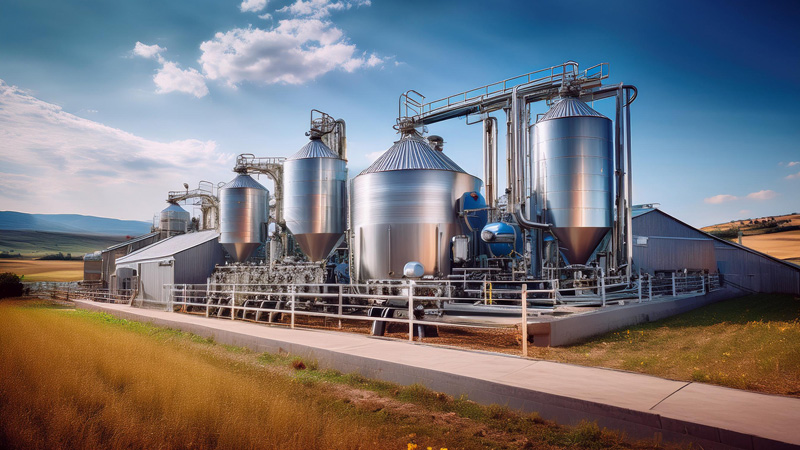With hydrodynamic cavitation, it is possible to recover unexpected and large quantities of nutrients present in waste water intended for treatment.
After the first cycle, 80% of proteins and 85% of animal oils and fats could be extracted.
A second cavitation cycle on the fat-free liquid will allow a significant reduction in COD and BOD in order to bring it within the permitted limits.
In addition, an interesting increase in fluid conductivity is achieved.
The effect of cavitation treatment on hydrogen production from whey was evaluated, showing that within a few minutes of treatment, more hydrogen can be produced than heating and sonication treatments.
When combined with alkaline conditions, cavitation treatment was found to be more effective in increasing soluble nutrients, completely removing methanogens, increasing hydrogen gas purity (48%), and improving lactose yield.
In addition, cavitation pretreatment in combination with alkaline conditions can effectively treat organic-rich wastewater and cheese whey to reduce fouling problems and improve hydrogen production.
In conclusion, the application of cavitation technology in the dairy industry shows great promise for improving waste management practices and increasing production efficiency.
This innovative approach offers a more sustainable and effective solution for treating dairy wastewater and maximizing resource recovery.











